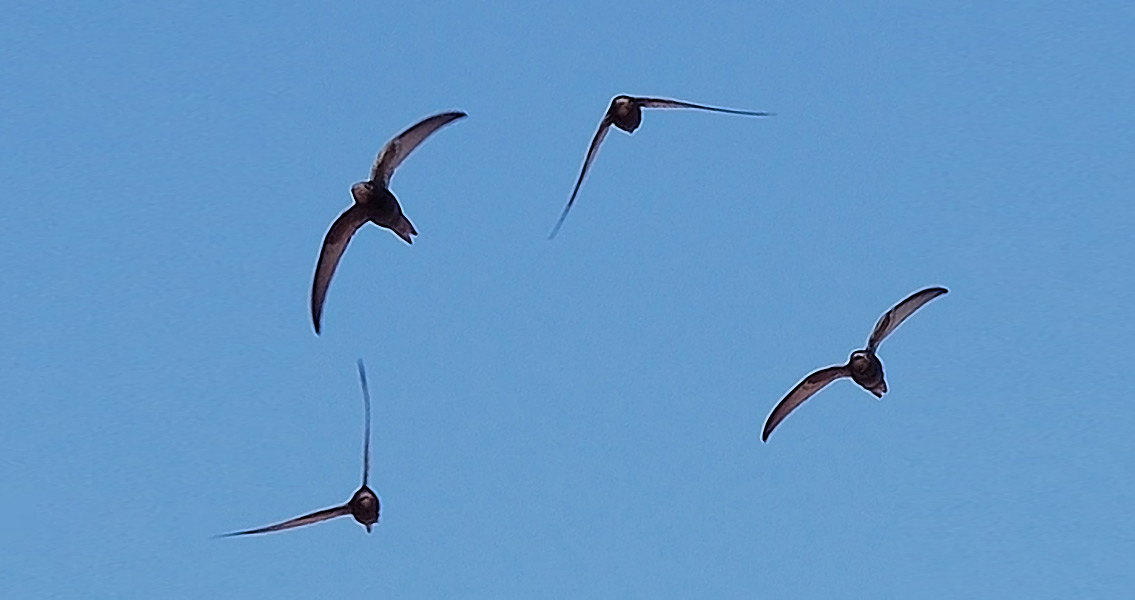<![CDATA[The origin and development of modern bird species remains one of the biggest mysteries in the history of our planet. Now, a new study published online in the journal Science Advances has answered some important questions about the evolution of birds. Among the conclusions of the study, written by Santiago Claramunt and Joel Cracraft from the Department of Ornithology at the American Museum of Natural History, is that the development of birds was tightly tied in with the geological and climate history of the Earth. The authors found pervasive evidence that avian evolution has been influenced by both plate tectonics and environmental change. For their study, Claramunt and Cracraft have created a new time tree of the history of modern birds (Neornithes). Constructed from DNA analyses of clock like genes for most avian families, in conjunction with 130 fossilised birds, the time tree has been used to look at Neornithes' biogeographic and diversification dynamics. The tree gives an insight into both birds' point of origin and the timing of their evolution and spread across the globe. Large gaps in the fossil record mean it has hitherto been difficult to determine exact details of birds' large-scale evolutionary history. Until now, many studies have suggested that modern birds didn't start to diversify until after the Cretaceous-Paleogene (K-Pg) extinction, the event which swiftly wiped out three quarters of plant and animal species on earth including all non-avian dinosaurs, 66 million years ago. Claramunt and Cracraft argue that in fact this wasn't the case. "With very few exceptions, fossils of modern birds have been found only after the Cretaceous-Paleogene (K-Pg) extinction," said Cracraft in a press release. "This has led some researchers to suggest that modern birds didn't start to diversify until after this event, when major competitors were gone. But our new work, which agrees with previous DNA-based studies, suggests that birds began to radiate before this massive extinction." Their results suggest that the most recent common ancestor of birds was alive around 95 million years ago. "Overall, it is possible that initial radiation of these three (Palaeognathae, Galloanseres, and Neoaves) major crown clades occurred more or less simultaneously around (and probably before) the K-Pg event, thus suggesting common causal factors.” They write in their study. “All avian orders originated during the Paleocene, except for Anseriformes and Galliformes, which originated in the latest Cretaceous, and some orders within the higher ratites, which may have originated in the late Paleocene or early Eocene, taking into account uncertainty.” Two main dispersion routes for birds are mapped out in the study, with the authors theorising that birds reached the Old World through North America, and Australia and Zealandia via Antarctica. Although relying on the existence of a Late Cretaceous and Paleogene landbridge between South and Middle America, something which is hotly debated among experts, Claramunt and Cracraft’s results provide an outline of the connection between bird dispersal and tectonic movements. Another key finding of the paper is that bird diversification rates increased during periods of global climate cooling. “The new time tree also reveals a striking pattern in which avian net diversification rates increased during periods of global climatic deterioration. This pattern is consistent with a model of climate-induced vicariance in which biome fragmentation triggers speciation pulses across entire avifaunas.” claims the study. “This work provides pervasive evidence that avian evolution has been influenced by plate tectonics and climate change.” said Cracraft in the press release. For more information: www.advances.sciencemag.org Image courtesy of Wikimedia Commons user: Keta]]>
Bird Evolution Shaped by Climate Change and Tectonics
